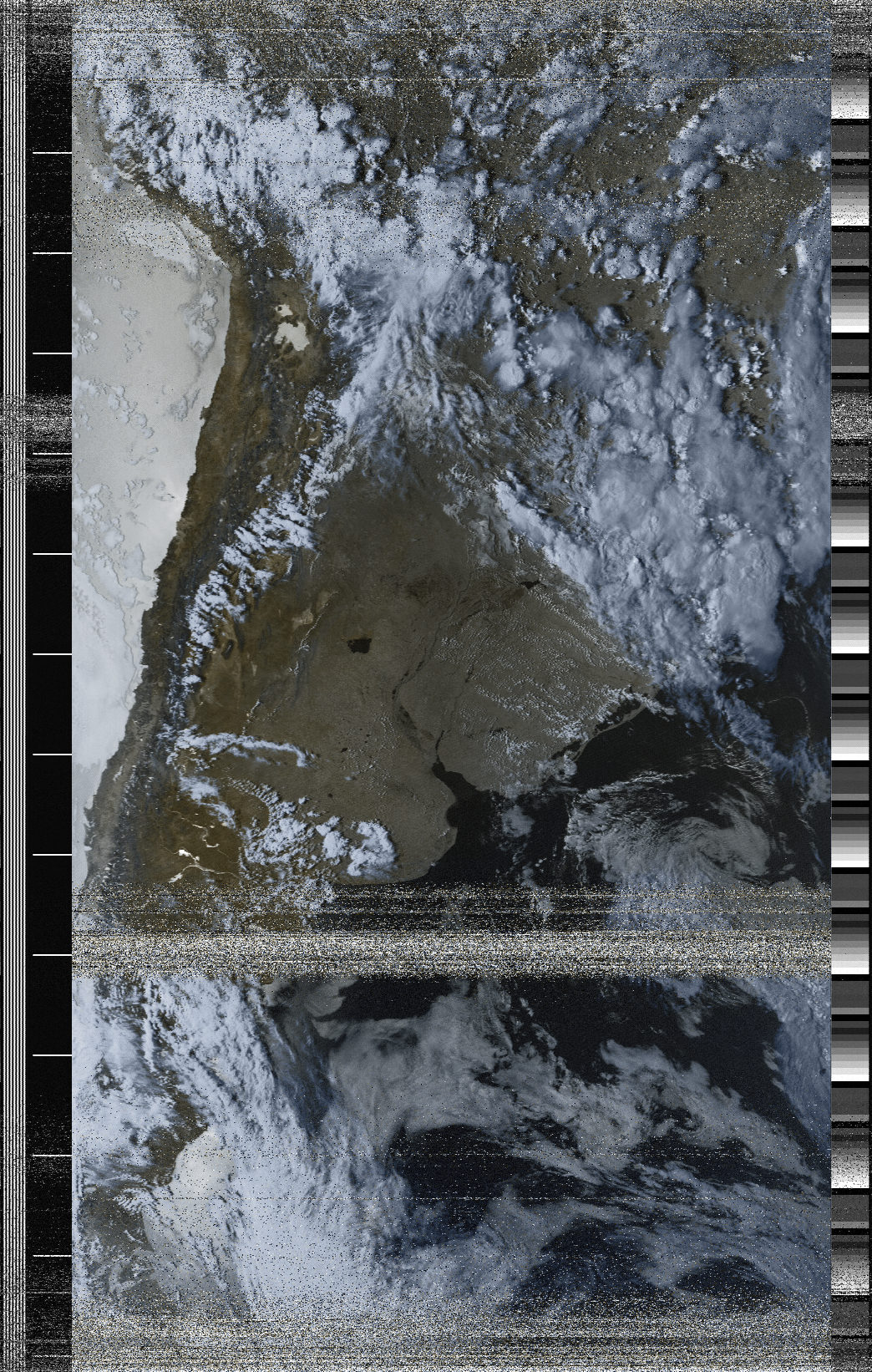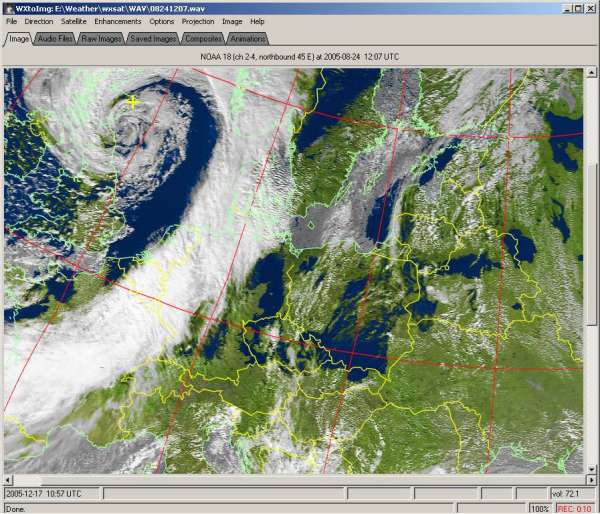
It also takes some time to post-process the data into images and audio. Generally speaking you’ll want your antenna outside, which solved by taking everything outdoors and having some lunch during the pass. You’ll also need the current orbital data and the program will tell you when you can find the next satellite passing overhead. There’s some setup and calibration necessary for the software. Under Linux, you can do this with Pulse or Jack very easily without any extra hardware. shows how to use a virtual audio cable on Windows to connect the output of the radio to the input of the WXtoImg program.

The satellites in question operate around 137 MHz, but that’s easily in the range of even the cheap SDR dongles. The program works on Linux, Windows, and Mac.

This is abandonware, but the community has kept the software available. The software is the venerable WXtoImg program. Josh also has another project using a 3D printer to make an antenna suitable for the job. This used to be more of a production than it is now thanks to software defined radio (SDR). has a series called Ham Radio Crash Course and a recent installment covers how you can grab satellite images directly from weather satellites. But being able to precisely locate and track storms helps reduce the impact of the storm and also feeds data into the models that makes them even more accurate for the future.Ĭontinue reading “Hurricane Hunting From Outer Space” → Posted in Hackaday Columns, History, Space Tagged hurricane, satellite, space, TIROS, weather satellite In truth, the prediction models have become very good over the years, so the chances of this happening today are virtually nil in any event. Not that a forecaster couldn’t make a mistake today, but with aircraft and satellite coverage, you’d know very quickly that the prediction was wrong and you’d sound the alarm. It might have had a better outcome, but forecasters missed where the storm was heading, announcing that it would go from Cuba to Florida which was just totally wrong. The Great Galveston hurricane of 1900 took around 12,000 lives. The lack of data about storms can be fatal. Weather forecasting - especially for tropical storms - is one place where money spent in space has made life much better on Earth. We often talk about space technology making life better. Sure, ships would report what they encountered, but finding exact data about a hurricane was a bit hit or miss. It is hard to imagine, but there was a time when a hurricane’s arrival was something of a mystery. However, we are relatively spoiled these days compared to the past. These storms carry an amazing amount of power and can change your life. If you live in the right part of the world, you spend a lot of the year worried about hurricanes or - technically - tropical cyclones.


 0 kommentar(er)
0 kommentar(er)
